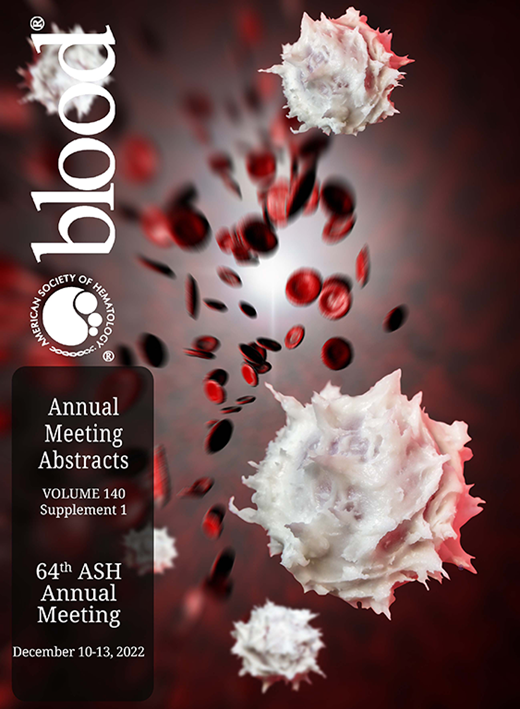Abstract
Background: Iron-deficiency is one of the most prevalent conditions worldwide and causes significant morbidity and mortality. Iron-deficiency most commonly affects individuals of lower socio-economic status (SES). Previous research has shown that those of lower SES are both less likely to be diagnosed and treated for iron deficiency. Ferritin is an iron-storage protein that is a sensitive diagnostic marker of iron-deficiency. However, the utility of ferritin is limited due to discrepancies in the thresholds used in clinical guidelines and clinical laboratories. There is growing concern that the lower limit of "normal" ferritin is inappropriately low, particularly for females, and is underestimating and promulgating the prevalence of iron-deficiency. As such, we conducted a systematic review to evaluate the data informing ferritin reference intervals (RIs) in adults.
Methods: A systematic review was conducted as per PRISMA guidelines using MEDLINE, EMBASE and CENTRAL databases from inception to November, 2021 to identify studies that reported ferritin RIs in the adult population. Additional articles were hand-selected from screening the reference lists of included studies and the first ten pages of Google Scholar in July, 2022. A search of the grey literature was also conducted using Health Canada, European Medicines Agency, and the U.S. Food and Drug Administration databases to review the manufacturer product inserts for the five most commonly used assays globally. Two reviewers screened and performed data abstraction based on the protocol submitted to PROSPERO. The objectives were to summarize the research studies on the derivation of ferritin RIs and to conduct a quality assessment based on a modified version of the Clinical and Laboratory Standards (CLSI) guidelines for establishing RIs as well as quality indicators specific to iron-deficiency. We also aimed to describe reported ferritin lower limit of normal (LLN) in general and in relevant subgroups of patients using descriptive statistics (i.e., median, range).
Results: 2307 studies were screened, and 62 full texts were included. The included studies consisted of "apparently healthy individuals", but only 5 (8%) studies assessed for bleeding history/conditions, 5 (8%) for menstrual history, 7 (11%) for menopause status, 22 (35%) for pregnancy status, 9 (14%) for diet history, and 16 (25%) for iron supplementation. 36 (58%) studies measured the hemoglobin, 19 (31%) measured the mean corpuscular volume, and 22 (35%) measured inflammatory markers. For the quality of the studies, only 28 (45%) referenced a RI guideline, 21 (34%) performed outlier detection, 46 (74%) described RI calculation method, and 18 (29%) reported confidence intervals. The top 5 commercial ferritin lab assays report ferritin RIs with a median LLN of 10.5 μg/L (range: 5-13) for females and 22 μg/L (18-30) for males. One lab assay provided a ferritin RI for pre-menopausal versus post-menopausal women. The studies informing the ferritin lab assays did not explicitly exclude patients at risk of iron-deficiency and none adhered to CLSI RI establishment guidelines.
40 studies were included in the analysis of ferritin LLN in a general population which were comprised of a total of 30,474 females (20-8678 females per study) and 29,615 males (20-8913 males per study). The median ferritin LLN was 8 μg/L (0-40) in females and 27 μg/L (6-133) in males. 11 studies analyzed ferritin RIs in presumed pre- and post-menopausal females with an age threshold of 45-50 years. A median ferritin LLN of 6 μg/L (2-31) was found in pre-menopausal versus 11 μg/L (0-70) in post-menopausal females. There were 4 studies of pregnant individuals (n=1599), and we found a median ferritin LLN of 5.6 μg/L (0-9.3) among them.
Conclusions: This systematic review showed that the published literature on numerous ferritin assays have a LLN well below 30 μg/L, despite robust evidence suggesting a ferritin below 30 μg/L is in keeping with clinical iron-deficiency. Data driving existing ferritin RIs appear at high risk of bias given the lack of exclusion of individuals at risk for iron-deficiency and lack of adherence to CLSI standards in the presumed "normal" sample. Therefore, we suggest adoption of evidence-based laboratory clinical decision limits to help clinicians detect and treat iron-deficiency to minimize propagation of related health inequity and medico-social injustice.
Disclosures
Sholzberg:Amgen: Honoraria, Other: Unrestricted research funding; Novartis: Honoraria; Medison: Honoraria; Pfizer: Other: Unrestricted research funding .
Author notes
Asterisk with author names denotes non-ASH members.

